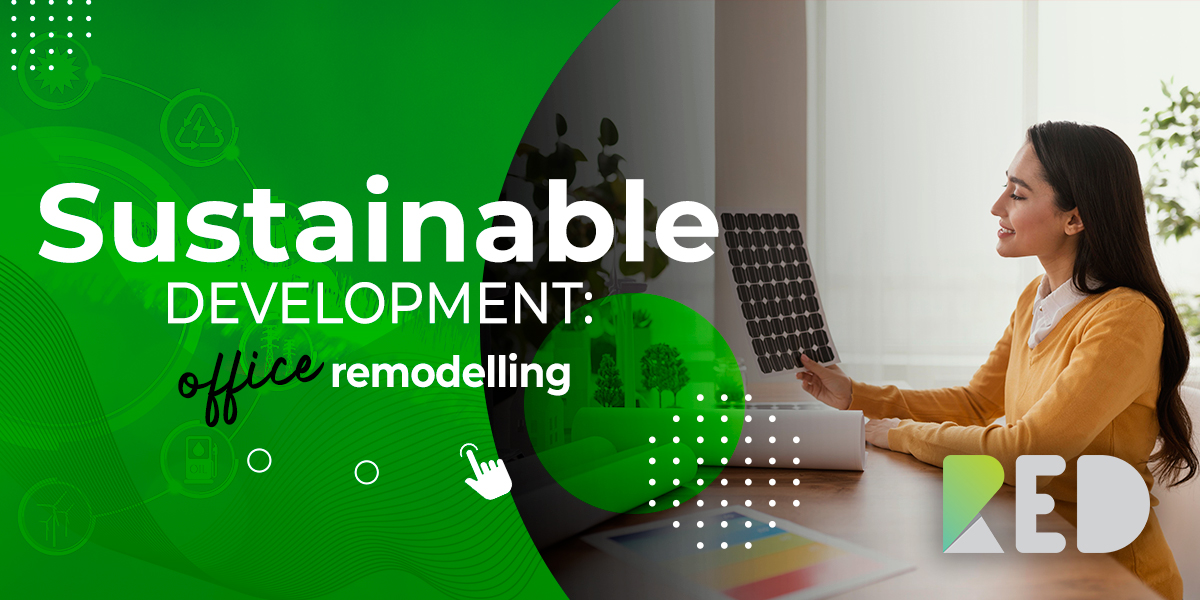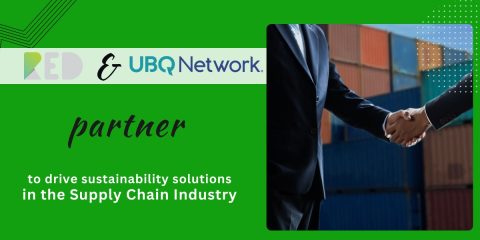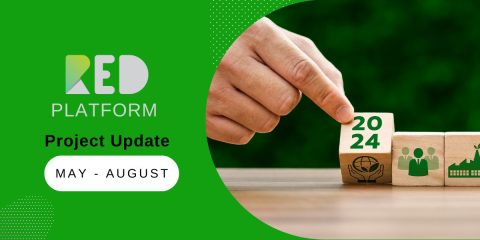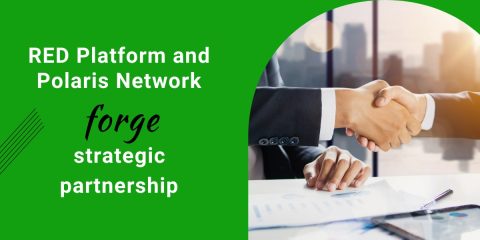 Sustainable Development Goals
Sustainable Development Goals
Sustainable Development Goals (SDGs) and their targets developed a clear, comprehensive framework that gives equal emphasis to the environmental, social, and economic pillars of sustainability. Furthermore, the SDG’s agenda aims are strategically organized around five major themes: people, planet, prosperity, peace, and partnership (often referred to as the five Ps). The 2030 Agenda provides a consistent and global definition of sustainability for the next ten years, as well as global, national, and local commitments. It has a lot of potential to help the building sector, particularly building designers to overcome some of its limitations and transform this sector beyond its current environmental and energy focus.
Office Remodeling and its link to Sustainability
When it comes to high performance and sustainability, people mostly think of a high-technology, advanced glassy building. However, it is a common misconception that consuming more resources will produce a sustainable future. Considering remodeling of an office, we do not just design and remodel a building but we also design for a more sustainable future, most people don’t think of Class-C suburban, 35-year-old masonry office stock when looking for establishing or expanding offices. Remodeling would not only revive the outmoded structure into a model for energy efficiency but also helps dodge the need to sequester more carbon-intensive building materials (think steel, concrete, plastics, and aluminum) into an already overbuilt market. As Weber Thompson Principal Cody Lodi quoted, “A rehab project in which you take an existing building and bring it up to a higher level of performance there’s nothing more sustainable than that.”
Global GHG Impact on Building Sector
As we all know that the building sector is one of the biggest contributors to Green House Gases (GHG). A lot of wood is cut to meet the construction requirement at the present day. This is another threat to the environment and ultimately to humans and also to other life and biodiversity. As per research, the world temperature would rise more than 1.5C unless nations produce stricter policies. Governments must cut emissions in half by 2030 if they intend the Earth to stay within the 1.5C “safe” threshold. According to research, the embodied GHG emissions from building materials account for 82–87 percent of overall GHG emissions, whereas the transportation of building materials accounts for 6–8% and 6–9% due to the energy consumption of construction equipment.
REDD and Emission Mitigation
The forests are being cut, and it has extreme consequences on present and future life if sustainable measures aren’t taken. The acronym REDD stands for “reducing emissions from deforestation and forest degradation,” followed by REDD+, which stands for “the role of forest conservation, sustainable management, and enhancement of forest carbon reserves in developing nations.” REDD+ aims to encourage developing nations to contribute to climate change mitigation efforts by delaying, stopping and reversing forest loss and degradation, as well as enhancing GHG elimination from the atmosphere through forest management, conservation, and expansion.
The RED Platform – a new way to reduce your emissions and support the SDGs
The Sustainable Development Goals along with initiatives like the RED Platform come to ensure that we are on track to living a safe and healthy life for ourselves and for future generations.
For our planet to be able to regenerate and stop global warming, we need to target NET ZERO CARBON. By doing so, we not only prevent climate change but empower people and companies globally to act behaviorally and reap the benefits of trading GTK Tokens.
Reducing carbon emissions translates into easing the way for producers, consumers, and companies who participate in offsetting programs to reach their objectives faster, in a transparent, untampered, structured manner. The movements of token acquiring and certificates issues are transparent for every user on the platform through blockchain. The process is fast, secure, and does not require additional monitoring for completion, as other CO2 offset programs do, since it is 100% registered on the blockchain and available for verification at any time.
You can start reducing your carbon footprint, join us!


